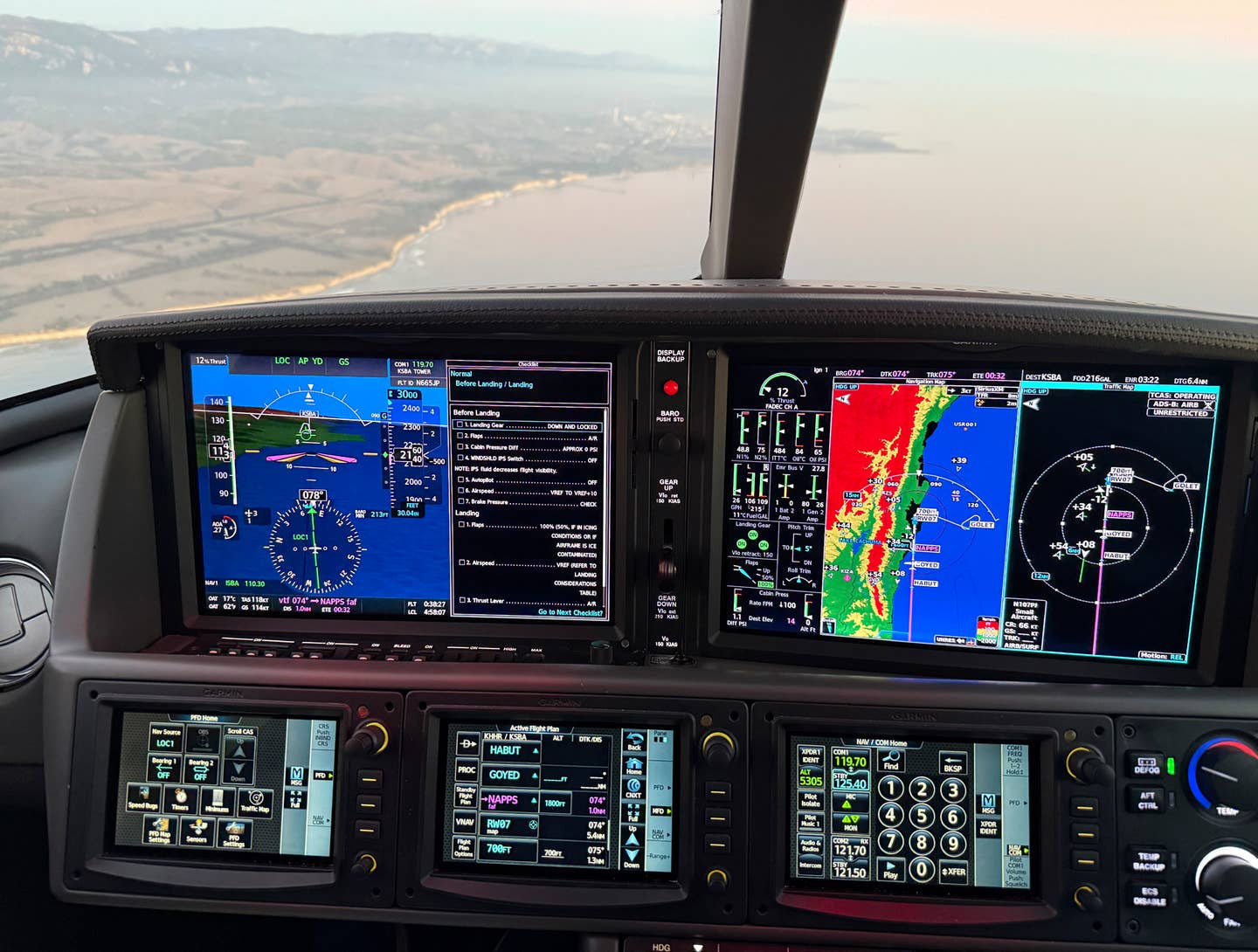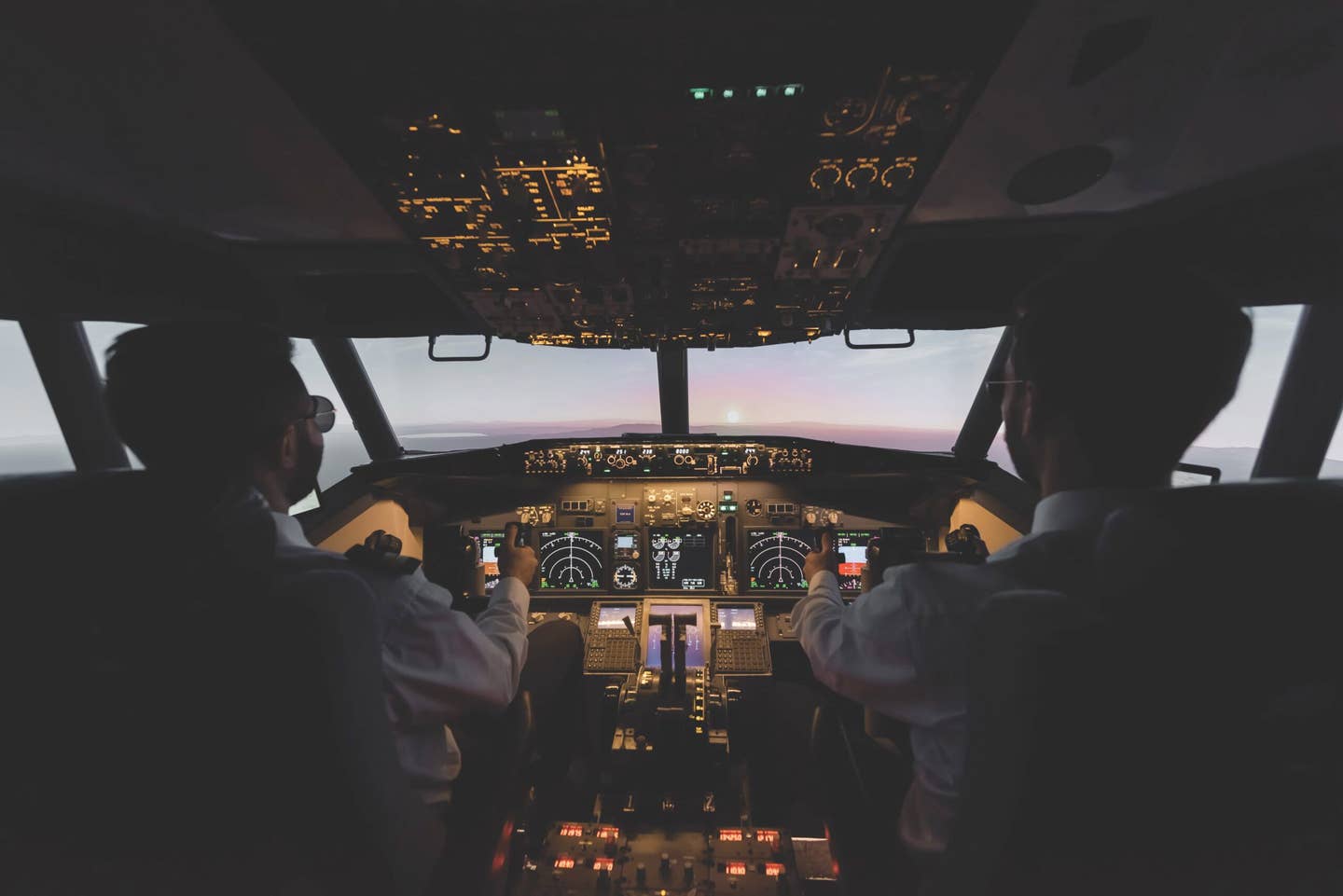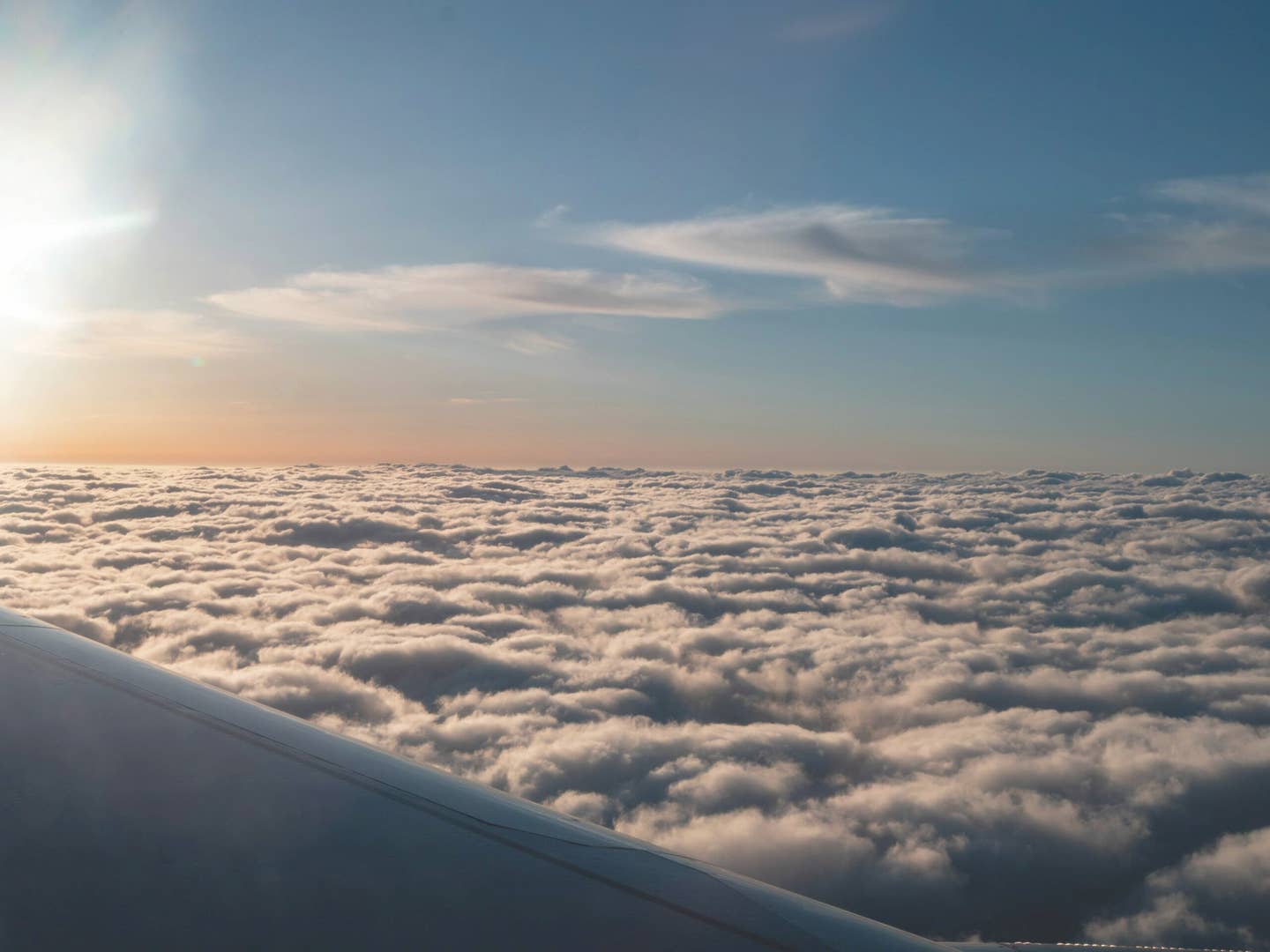
Art by Barry Ross
During the most intense of the Vietnam War years, I had a strong sense that I was the luckiest young sailor in the Navy, as I luxuriated in a serendipitous assignment as an air rescue swimmer and H-34 crew chief stationed in Hawaii. Operating workhorse Sikorsky S-58 helicopters out of Pearl Harbor and Barbers Point Naval Air Station across a variety of mission profiles supporting CINCPAC's Fleet Composite Squadron One, we were treated each Tuesday to the additional privilege of a 100-mile trip to the neighboring island of Kauai, in order to work with the Pacific Missile Test Range Facility at Barking Sands. On one of these sparkling Tuesday mornings, I had no idea that I was about to learn a critically valuable aviation lesson while discovering that my luck extended far beyond simply seeing wartime service in such a pleasant locale.
In those days, the Pacific Missile Test Range Facility stayed busy conducting analyses of surface-to-surface weapons systems, and command activities included test-firing missiles and analyzing their performance using physically jettisoned "capsule" flight data recorder packages, which were parachuted to the water just before the conclusion of each given shot. Our job was to spot these floating capsules, marked by self-contained smoke flares, and recover them. We had worked out a system of approaching the smoke signature during a final, descending upwind-pattern leg, and then having the swimmer deploy by stepping out of the cargo door as the aircraft established a hover over the capsule. The swimmer could then use a grapple to recover the capsule and be hoisted back aboard the aircraft. This procedure had proven to be much quicker and more efficient than fishing around for the capsule under the rotor wash with hoist-slung devices. And as a bonus, it was a very enjoyable exercise for me at the time.
On this one unforgettable morning, as we marveled at the breathtaking beauty of the placid weather and calm seas, we arrived at Barking Sands exactly on time with a comfortable fuel load remaining, so we reported on station and began to loiter, awaiting the first shot. When radio traffic indicated that the shot conclusion had been confirmed, we proceeded toward the target datum. I hadn't been in the water yet that day and was eager to get wet as we overflew the capsule smoke flare on the initial upwind reconnaissance overflight leg. As the pilots turned downwind, I moved into the cargo doorway, noticing that the water was so calm and clear that I could see many feet into its blue depths. The hoist operator, maintaining communication with the aircraft commander up in the cockpit, was at my shoulder, ready to give a tap signal to jump, and I moved my hand to the gunner's belt release, watching our progress upwind, into the datum. I could tell that we were slowing through translational lift, getting very close to the now irresistibly inviting clear blue surface, nearing the capsule smoke flare, and I was sure the hoist operator was about to tap my arm, so I stepped out.
My next impression was that I needed to stabilize body position, so I extended my arms and glanced up at the helicopter, expecting to feel a splash. I could see the hoist operator, now framed in the cargo door, looking down at me, and I waited one more moment to hit the water. When I didn't feel impact, I looked down, completely confident that the welcoming embrace of the warm water was only an instant away. When it wasn't, I looked back up at the helicopter again, keeping attitude orientation by making tight circles with outstretched arms, and took an oddly curious moment to note that I had never seen an H-34 getting smaller like that. My now very rapid scan returned to the blue vista below, and I realized that I couldn't really tell how far away it was. I don't remember seeing the flare smoke anymore, and I glanced back upward once again, this time noting that the big Sikorsky was now very small indeed. About that time I hit the water.
I recall the swim back to the surface for a breath of air taking a little longer than usual, but not frighteningly so. After regaining satisfactory respiratory function I took a quick physical inventory, while watching the helicopter climb away in the distance, and found arms and legs operating normally. Now I could see that I was fairly close to the source of flare smoke, so I swam toward it and ended up having plenty of time to reach the capsule before my buddies set up another pattern and got back to me. It seemed, in fact, that they were really taking their time beginning another approach.
When the rumbling Sikorsky finally began to settle into a hover overhead, I could see veins in the pilot's neck, straining under his helmet, as he stretched to peer down. The hoist operator was still at his station in the door, so I signaled for a pickup, capsule and all.
When back on board, I strapped in and got on the cockpit communication system, to find pilots and crew members in full chaos mode. After lots of confused exclamatory chatter, most of it berating me with great energy, the aircraft commander struggled through something like a cross between a lecture and an apology for having taken so long making his second approach. He said that he had been taking some time to begin composing a letter to Admiral McCain explaining why Swimmer Terrell had been lost at sea. He also mentioned that when the hoist operator had declared "Swimmer Away," cockpit radar altimeters had been reporting something in conspicuous excess of 200 feet.
To this day I have no idea how such a drop was possible without resulting in injuries. Many bridge suicides are accomplished from lesser heights. I must have pulled my arms into a tuck at the last possible instant before impact as a subconscious action of some kind. And I will be forever thankful that on this first drop of the day I had not yet bothered to strap on my flippers.
When this initial early Navy tour had been completed, and long after my "lucky drop," I finished college, earned a commission at Pensacola, Florida. I became pilot-winged myself, serving many great Navy and Coast Guard years thereafter, ending up right alongside the unfortunate aircraft commander who had been forced to agonize for an awful few minutes about having lost his swimmer. Inadvertently, I had learned a lesson that would serve me well on countless occasions over later years, as I digested for the first time the invaluable wisdom of adhering to procedures and always trusting your instruments over your gut.
To see more of Barry Ross' aviation art, go to barryrossart.com.

Sign-up for newsletters & special offers!
Get the latest FLYING stories & special offers delivered directly to your inbox






